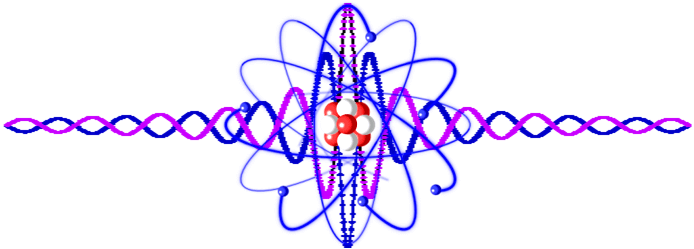Matter-wave hyper-interferometry at NTU/SU/CQT


TEAM MEMBERS IN COLLABORATION WITH MAJULAB
- David Wilkowski (associate professor NTU)
- Thomas Zanon-Willette (associate professor SU, LERMA, Observatoire de Paris)
- Swarup Das (Postdoc fellowship)
- Kwong Chang Chi (postdoc fellowship)
- Li Jianing (phD student, NTU)
- Kelvin Lim (student NTU)
Scientific activities with MajuLab
The team at David Wilkowski’s Lab (https://ultracold.quantumlah.org) and more particularly Thomas Zanon-Willette from SU has started a new collaboration with MajuLab members and D. Wilkowski’s group research about atomic interferometry including also:
- Prof. LAN Shau-Yu, Nanyang Assistant Professor (NRF Fellow).
This scientific activity in collaboration with MajuLab mainly focus on:
- Hyper-Ramsey spectroscopy on the Strontium clock transition:
application to matter-wave interferometers. These two valence electrons atoms show electronic spinless ground state and weakly allowed singlet-triplet transitions, offering interesting alternatives and opening new fields of research for cold and ultracold gases with respect to the more commonly used alkaline atoms. Our experimental projects are developed on a specific setup as Sr II foratomic interferometry using the optical clock transition.
Collaborative grants with MajuLab
A new collaboration in matter-wave interferometry: from hyper-clocks to hyper-Ramsey-Bordé interferometers
In 2018, Thomas Zanon-Willette developed a generalized version of Ramsey spectroscopy using composite pulses in a fruitful collaboration with the institute of laser physics at Novosibirsk including V.I. Yudin and A.V. Taichenachev (PRA 92, 023416 (2015), Rep. Prog. Phys. 81 094401 (2018), Quantum Electronics 49 278 (2019)).
In 2020, T.Z.W. has extended laser-pulse composite spectroscopy to Ramsey-Bordé matter-wave interferometry to offer robust control and elimination of probe-induced frequency-shifts related to pulse area variation not only for a new generation of highly-accurate quantum clocks but also to shield matter-wave interferences against undesirable distortion effects.
T.Z.W. wanted to diversify his research activity on this new field about atomic interferometry by focusing on this exciting approach. Such a whole international mobility project for 06 months is perfectly in line with the institutional agreements between SU, NTU and MajuLab (CNRS) and therefore was strongly supported by SU, CNRS and MajuLab through CRCT and CNRS delegations.
Common publications with MajuLab
- Generalized hyper-Ramsey-Bordé matter-wave interferometry: Quantum engineering of robust atomic sensors with composite pulses, T. Zanon-Willette, D. Wilkowski, R. Lefevre, A. V. Taichenachev, and V. I. Yudin, Phys. Rev. Research 4, 023222 –(2022)
https://doi.org/10.1103/PhysRevResearch.4.023222 - SU(2) hyper-clocks: Quantum engineering of spinor interferences for time and frequency metrology, T. Zanon-Willette, D. Wilkowski, R. Lefevre, A. V. Taichenachev, and V. I. Yudin , Phys. Rev. Research 4, 023117 – ( 2022)
https://doi.org/10.1103/PhysRevResearch.4.023117 - Bi-color atomic beam slower and magnetic field compensation for ultracold gases, J. Li, K. Lim, S. Das, T. Zanon-Willette, C.-H. Feng, P. Robert, An. Bertoldi, P. Bouyer, C. C. Kwong, S.-Y. Lan, and D. Wilkowski, AVS Quantum Sci. 4, 046801 – (2022)
https://doi.org/10.1116/5.0126745
